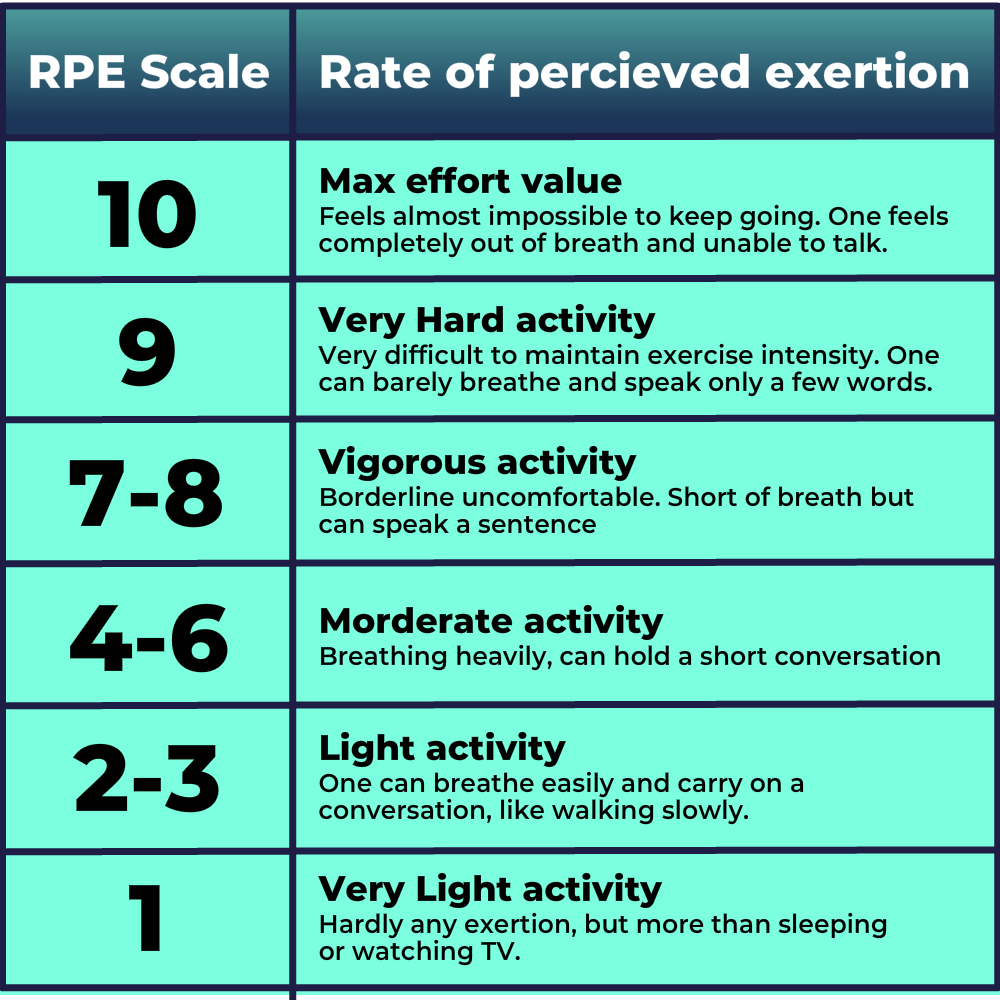
Interval Training for Beginner Runners

As a beginner runner, you will spend most of your time doing runs at an easy pace to build endurance. But doing continuous running at the same pace every day can be monotonous. You will also most likely end up running at the same pace without any benefit to your overall performance. Here’s want you need to know: Interval training.
Exercise science research suggests that it takes varying speeds (efforts) for runners to perform at their best when tackling middle- to long-distance races, which can be achieved through interval training.
What is interval training?
Interval training is a type of quality workout that involves short bursts of speed or intense effort, followed by a period of recovery during which you walk or jog to allow your heart rate to settle. The pace at which these bursts of speed are taken could vary from short intervals at 95%–100% of your Heart Rate Max (HR Max), to long intervals at 90%–95% of your HR Max. HR Max simply reflects the intensity at which your heart is beating. The recovery periods should be short enough to help you recover and execute each interval at the same effort and complete the prescribed interval training session.
Interval training for beginners
If you are a beginner, then you may not have a clear idea of your race paces, and it might be difficult to get hold of this information. In such a scenario, it is advisable to go by an ‘effort level’, which is obtained from a 1-10 scale on how you feel.
The below scale is called the Borg Rate of Perceived Exertion (RPE) scale and was developed for rating exertion and breathlessness during physical activity. This is a subjective, easy-to-use scale and enables you to focus on effort level as you work out or walk or jog.

If you are a novice runner, it is recommended that you execute interval training at the RPE level ranging from 4–6. Here are a few examples of interval workouts for beginners:
1. 6X100m of strides at an RPE of 8-9 with 1 minute walk to rest in between sets
2. 4 x 2-3 minutes of running at an RPE ranging between 6-8, with 2 minutes walk as recovery
3. 4 x 200m run at an RPE of 7 with 100m walk as recovery
4. 6 x 5 minutes running at an RPE of 6 with 3 minutes of walking
Benefits of interval training
1. Aids in improving aerobic capacity
When you train at an intensity of close to 98% of HR Max, the amount of oxygen used by the body at the muscle cell level reaches a maximum. This elevates your overall aerobic capacity to help you become a faster runner.
2. Results in better race times
It improves oxygen absorption, transport, and utilisation in cell metabolism. The cardiovascular system becomes stronger with higher blood volume and increased cardiac output. This improves overall performance and allows you to run faster during a race.
3. Leads to improved stride length, cadence, and contact time
Regular interval training will result in improvement in stride length and the number of strides per minute. This reduces the contact time of foot strikes, resulting in developing faster paces and race times.
4. Helps in weight loss
Interval training with its faster speeds revs up metabolism and causes a higher caloric expenditure compared to a steady-state or easy run of the same duration. The body expends more energy to move the same mass at a higher speed. Moreover, there is a greater afterburn that comes from the body continuing to have an elevated metabolism long after the workout is done, which contributes to weight loss.
5. Results in increased strength and power
The muscular system recruits fast-twitch muscles during interval and speed training. These muscles are not called upon when you do low-intensity continuous training, and so there is a greater adaptation in strength and power. This is largely on account of the greater ground reaction forces that are required to be generated to reach maximal speeds at higher heart rates.
Precautions for interval training
As interval training is performed at higher speeds, the likelihood of injury is greater. It is important to ensure that you have built sufficient endurance as well as strength and flexibility over the last three to four months before starting interval training. Additionally, it is essential to do an extended warm-up before commencing your interval training session. You may do interval training just once a week for five to eight weeks before tapering for a race.
Also read: How to Get Started with the Run–Walk Method
Here is a suggested training schedule that you may follow:
| Day of the week | Monday | Tuesday | Wednesday | Thursday | Friday | Saturday | Sunday |
| Plan | Rest | Easy pace run | Easy pace Run | Interval Training | Cross-training (strength) | Rest | Long run |
Also read: Should Beginners Focus on Running More or Running Faster?
If you are a newbie distance runner, then interval training is a great way to help you improve your performance in distances from 5K to the half marathon (about 21k). If you have only been doing continuous easy runs, then it is time to revamp your training by adding speed to it. Interval training is an efficient way to spike up your endurance and speed in the long run.













